Here at Edmunds, our vehicle testing program determines where a vehicle ranks in its competitive segment. As rigorous as this process is, it rarely takes into account the most subjective and emotional aspect of choosing a new car: style.
10 Car Redesigns That Both Delight and Disappoint
Beauty is in the eye of the beholder
Am I Ready for an EV?
- EV ownership works best if you can charge at home (240V outlet)
- Adding a home charging system is estimated to cost $1,616 in
- Edmunds is partnering with Treehouse, an independent provider of home EV installation services. Learn more about the installation services partnership
So let's take a break from the norm and talk about the most recent and notable redesigns across the automotive landscape. We'll give credit to the designers who got it right, but we'll also call out the ones who dropped the ball.
BMW 8 Series
The original BMW 8 Series was produced throughout the 1990s and was a standout among other sport luxury coupes at the time, as well as anything in BMW's own portfolio. The profile's long hood, low-slung stance and short tail are easily recognizable, as is its use of short pop-up headlights and a tiny BMW signature twin-kidney grille. Sadly, it was relegated to "one-hit-wonder" status when the 8 Series was discontinued in 1999.
Two decades later, BMW revived the 8 Series. It's a safe bet that the pressure was on the designers to deliver a vehicle that was worthy of its heritage. Thankfully, it appears they were up to the task, as the second-generation redesign delivers much of the sophisticated style of its predecessor.
The similar profile suggests forward motion and more power than a normal hood can contain — a design trick that car designers have been using for over a century. Up front, the widened BMW kidney grilles blend nicely into the headlights for a cohesive face, allowing it to fit seamlessly into the rest of the BMW lineup while still retaining some subtle personality of its own. Meanwhile, the sculpted body at once visually slims the vehicle down and adds weight wherever needed.
It's a sexy coupe that evokes the personality of its predecessor without being beholden to it. Rather than a blatant recycling of nostalgia, this new BMW 8 Series stands on its own solid footing.
Ford Bronco
Retro revivals aren't always a bad thing, and the new Ford Bronco proves that. The two- and four-door Broncos (not the Escape-based Bronco Sport ) lean heavily on the styling of the original first-generation model from 1965. That makes perfect sense since the original Broncos are some of the most sought-after collectibles in the off-road space.
Retro-themed revivals typically face an uphill battle as designers try to cram too much old-school personality and charm into a modern vehicle, often resulting in a disjointed and awkward appearance. Fortunately, the new Bronco design doesn't suffer that fate thanks to its rather simple squared-off shape and design elements that serve a legitimate purpose.
For example, the peak that runs from the front of the fender gives the driver a visual indicator of where the corners are, which is vital when navigating tricky terrain. The substantial tie-down cleats above the headlights also serve as corner references and provide a solid mounting point for cargo or cables to lift tree limbs away from the vehicle.
On top of it all, the Bronco's modular construction allows owners to remove or replace body panels and fenders with ease. This is particularly notable since vehicle customization and ease of repairs are vitally important among off-road enthusiasts. Overall, it's a smart homage to the beloved original that pays close attention to the desires of its core audience.
Land Rover Defender
The Land Rover Defender is also retro-inspired but it doesn't take it nearly as far as the Bronco. It retains some of the foundational styling cues from the original boxy Defender, but gives it a more modern look with rounded-over corners. Like the Bronco, the Defender's silhouette is largely dictated by its off-road purpose, especially in the short overhangs and elevated ride height.
In pictures, those blended fenders might seem a little soft for a rugged off-roader like this, but in person it looks appropriate. Up front, the grille retains hints of the old Defender with its upright rectangular air inlets and the suggestion of an integrated upright push bar. The cutoff headlights add more personality and some sinister aggression, much like the popular aftermarket Jeep Wrangler headlight trims or a Dodge Challenger.
Farther back, the trim panel behind the rear doors seems oddly out of place, but the Alpine windows above are a worthy nod to the past and also make the rear seating areas feel more airy and open. We'd like to see more prominent tow hooks up front and back — not just to make it look tougher, but also because having recovery hooks readily available is always helpful when you're in the thick of it. Lastly, the available painted "steelie" wheels bring a more utilitarian appearance that further the Defender's rugged appeal.
Kia K5
The Kia K5 is a new name for the U.S., but we're considering it a redesign of the Optima since in other markets around the world, the Optima was known as either the K5 or Magnetis. Compared to other family sedans in the class, the K5 stands out with its aggressive styling, where rivals tend to be a lot more vanilla.
The overall stance of the K5 makes it more sporty and aggressive than the likes of the Honda Accord or Toyota Camry. That aggression is compounded by the thin grille that cuts off the top of the headlights for a more sinister gaze, just like the Defender and Challenger. The zigzag accent lights aren't as well integrated as the rest of the front fascia, but they are very distinctive at night.
A lot of sedans have adopted the "coupe-like" fastback roofline with mixed results, but the K5's shape lends it an assertively sporty silhouette, much like the larger, performance-focused Kia Stinger. Even though sedans have surrendered much of their popularity to lumbering SUVs these days, the stylish Kia K5 is a sedan that could get shoppers back into more sensibly sized vehicles.
Volkswagen ID.Buzz
Looking further into the future, the forthcoming Volkswagen ID.Buzz is the unmistakable spiritual successor to the iconic VW microbus. We've been teased with revival concepts for over 20 years, but at long last it appears as though VW is finally putting one into production.
This is one of those design projects that may seem pretty easy since the original was so elemental, but styling is rarely that simple. The VW folks did well to incorporate the rounded-over breadbox shape and two-tone paint scheme but the absence of round headlights and Alpine windows in the roof seem like a missed opportunity.
Overall, it honors the old while embracing the new, and the VW ID.Buzz may have the charm and potential to appeal to both boomers and Gen Zers. But wait a minute — now that we've seen some spy shots of the ID.Buzz from Europe, we're wondering which one to expect, the cool concept or the, um, not-so-cool van in those photos? Here's hoping that VW doubles down on the concept version for the U.S. market, but that might be hoping for too much.
Subaru BRZ / Toyota GR86
The Subaru BRZ and Toyota GR86 twins lost something in their redesign for 2022. Many of the previous sharp body creases and subtle design flourishes have disappeared. The more rounded nose seems less sporty, adding a lot of visual weight that runs counter to sporty coupes. We're at least happy that the fake vents that were near the mirrors are gone.
Then there's the back end. It's a bit disjointed with several elements competing for attention. The taillights also look like they'd be more at home on an older Acura. The good news is our initial drive impressions are favorable enough to likely give the BRZ and GR86 a pass for the styling missteps.
Nissan Z
When Nissan announced a new Z, we were hoping for something significantly different from the last generation, especially since that old model had been around for more than a decade. Instead, Nissan rolled out something with a silhouette that looks eerily similar to the previous generation with some retro styling cues that seem forced.
Up front, the grille pays homage to the previous generation's rectangular grille, but it's too large and draws more unnecessary attention to the awkward-looking split-level sections. The original 240 and 280 Zs had a lot more grace thanks to narrower grilles that were framed better with the round headlights. On the plus side, the latest Z's blacked-out front roof pillars give the windshield a cool futuristic wraparound look.
Then there are the taillights, which seem as though they belong on another car. They just don't blend well with the rest of the vehicle, and the gloss black surround does it no favors. It seems likely that black or dark paint could hide some of these quirks, but great designs don't need such Band-Aids.
Mercedes-AMG SL
It's been nine years since the iconic Mercedes-Benz SL had undergone a full redesign, and at long last we have a new model on the way. This time around, it's the Mercedes-AMG SL, which suggests it will be more performance-oriented than before. As much as we love performance, the SL has historically been the elegant and refined convertible choice — and this new version seems to have lost some of its grace.
The new SL's styling is very similar to that of the racy AMG GT sports car. As much as we love that sport coupe, it seems out of place in the SL lineage. The fix could be as easy as swapping out the AMG grille for something that aligns more with the non-AMG vehicles. Farther back, the decklid tapers downward a bit too much for our tastes, making it look weak and bulbous.
GMC Hummer EV
When the Hummer H3 was discontinued in 2010, we can't say we shed a tear over it. In its last iteration, the Hummer had little in common with the military-based Humvee and instead was a reskinned pickup truck that was criticized for its overblown size and poor fuel economy.
Now the Hummer is back and under the GMC brand as a fully electric behemoth. It's a physically imposing vehicle that busts the scales at over 9,000 pounds. On top of that, the styling almost makes it seem bigger, with chunky elements that suggest it was carved from a solid block. Up front, the grille has some hints of past Hummers, but here it looks more at home on the Jeep Wagoneer.
Below that, the blacked-out lower portion creates the illusion that it's riding even higher than it already is. There are some elements that may appeal to more juvenile tastes, making the Hummer look as though it belongs in a Cyberpunk video game, but the scale and heaviness suggest it's simply trying too hard.
BMW M3
And we've saved the best (worst) for last: the BMW M3 and its universally panned grille. Pareidolia is the tendency for us humans to equate visual cues to more meaningful or familiar elements. In the case of vehicle design, we commonly assign the human face to a car's grille and headlights. When we look at the new M3's "face," we see an exaggerated pig snout from Angry Birds or Chief Wiggum from The Simpsons. That's fine for cartoons and games, but probably not for luxury vehicles.
It seems likely that the designers were looking to revive the vertical grilles from older BMWs, but the execution is a huge departure from that idea. Unfortunately, this ungainly styling concept seems to be spreading within BMW, with the new all-electric iX and i4 sporting similarly massive grilles. Our only response: Please stop.
Edmunds says
Styling is subjective and one person's treasure can be another's trash, so don't take appearances too seriously. But it's fun to argue about them anyway.
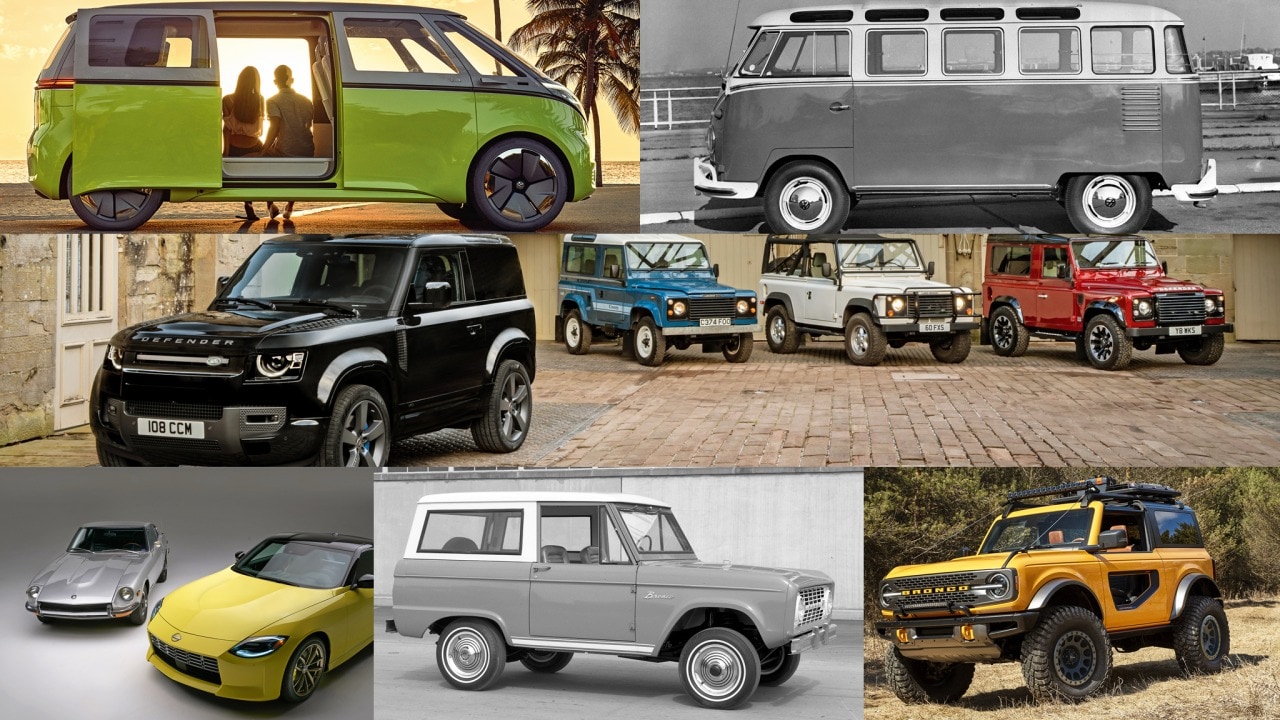
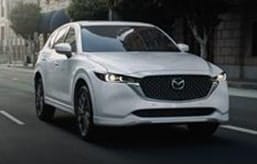
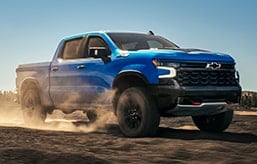
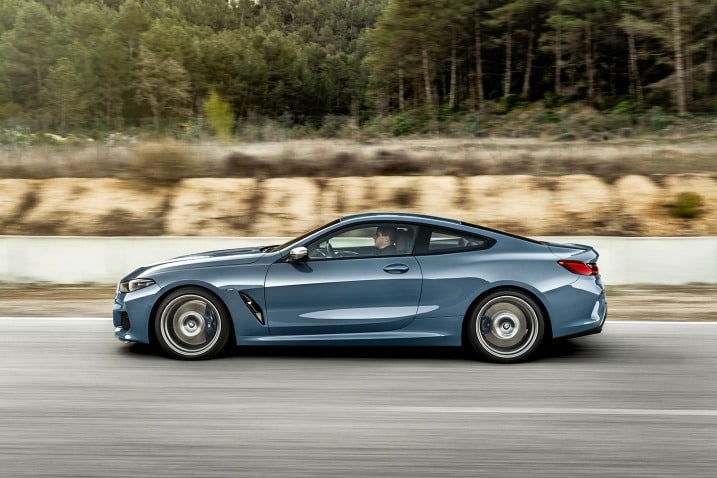
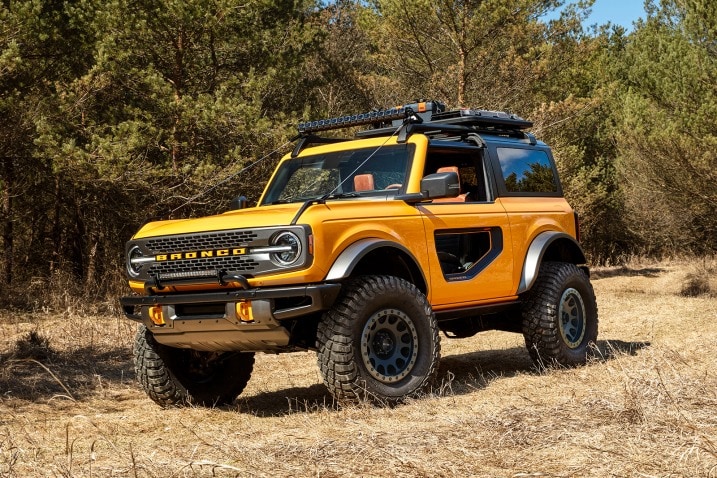
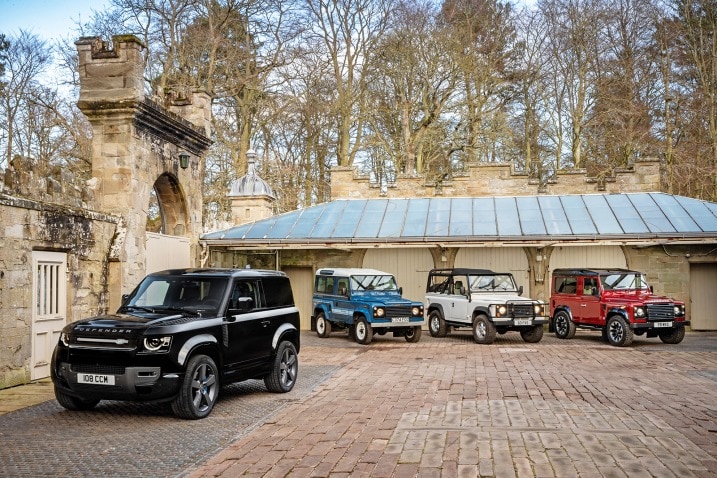
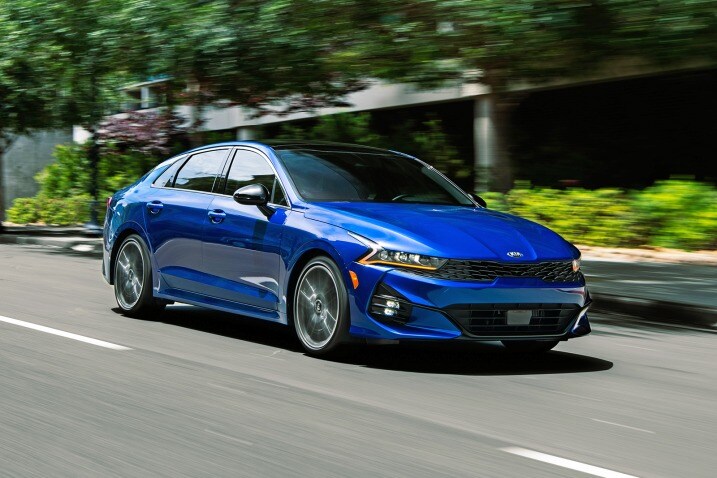
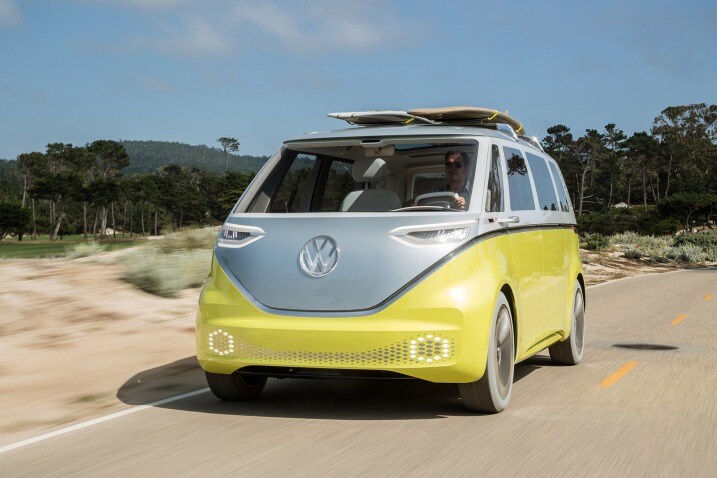
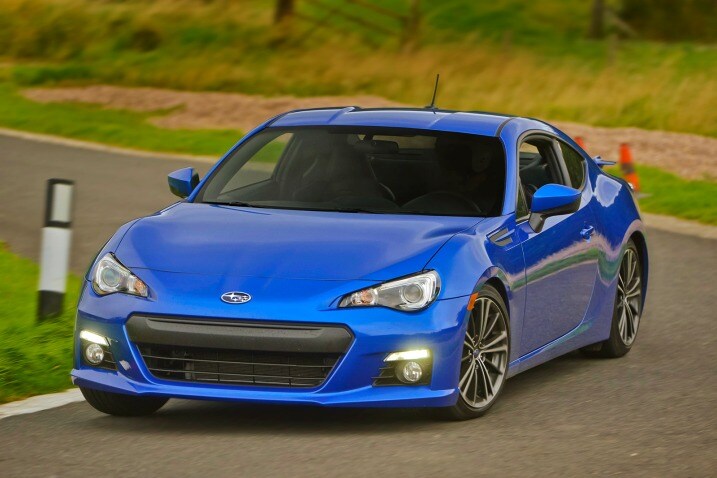
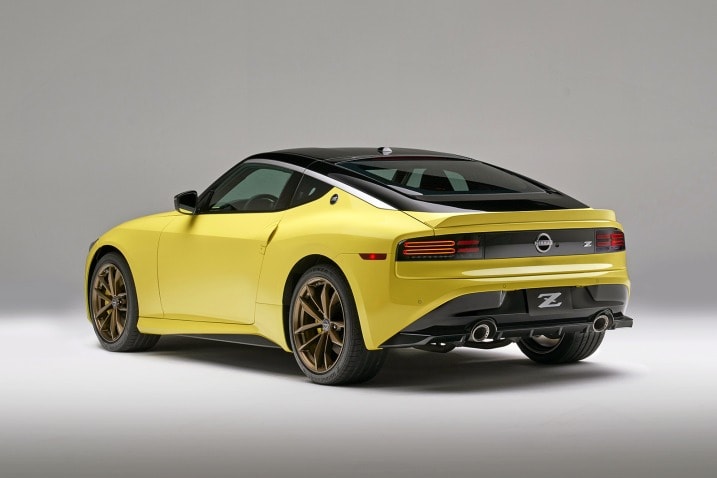

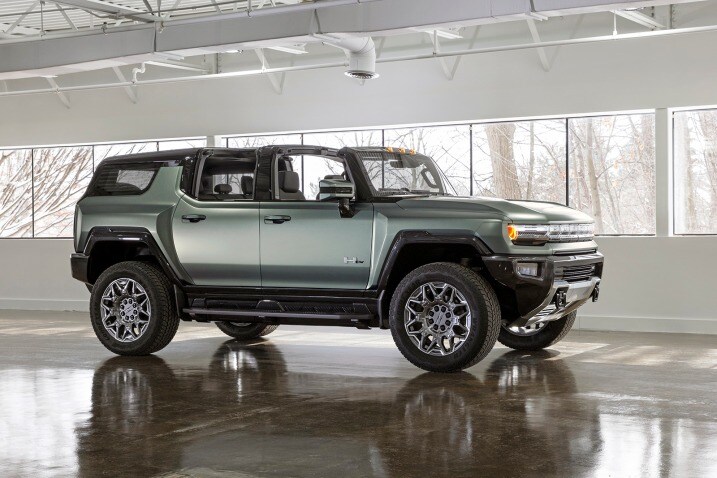
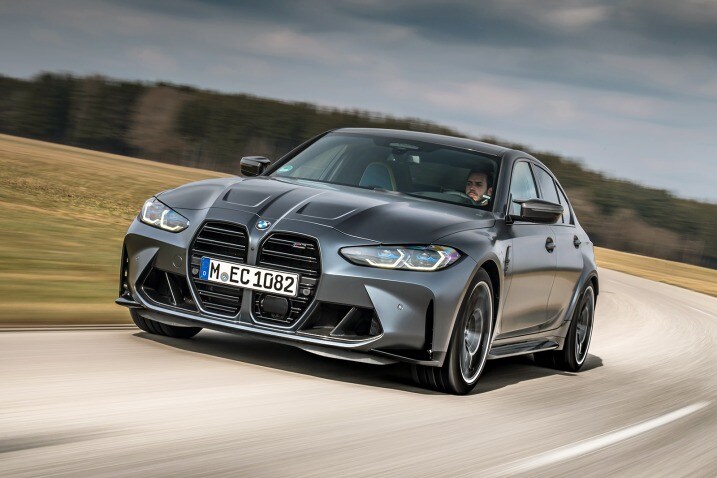
 by
by